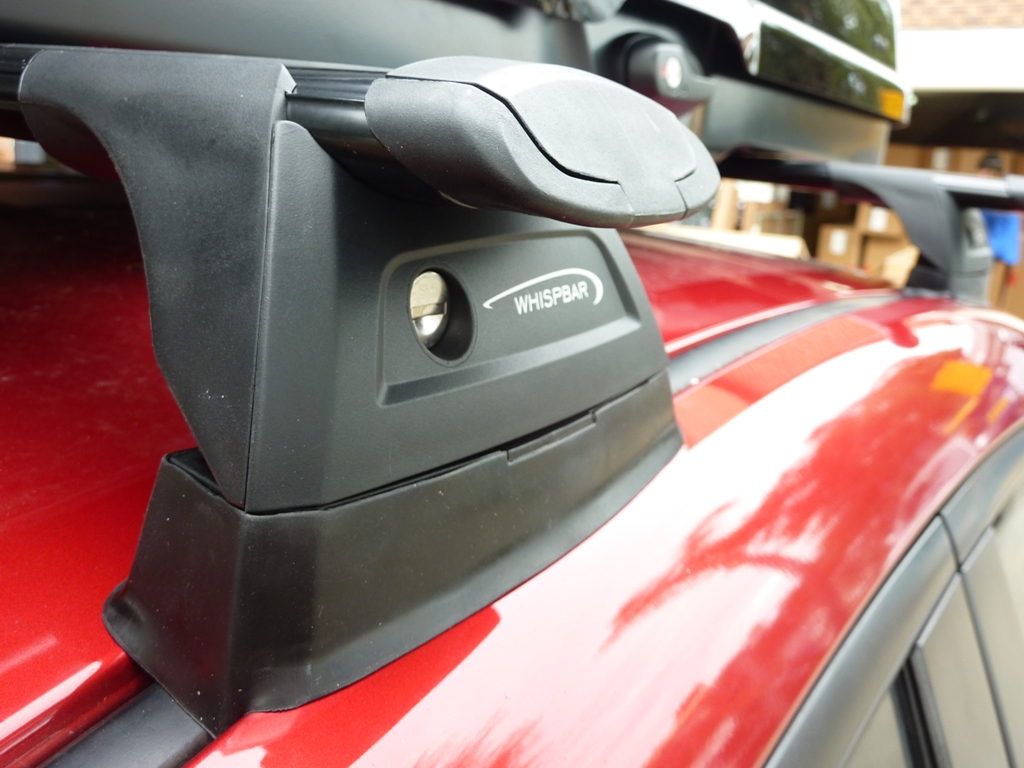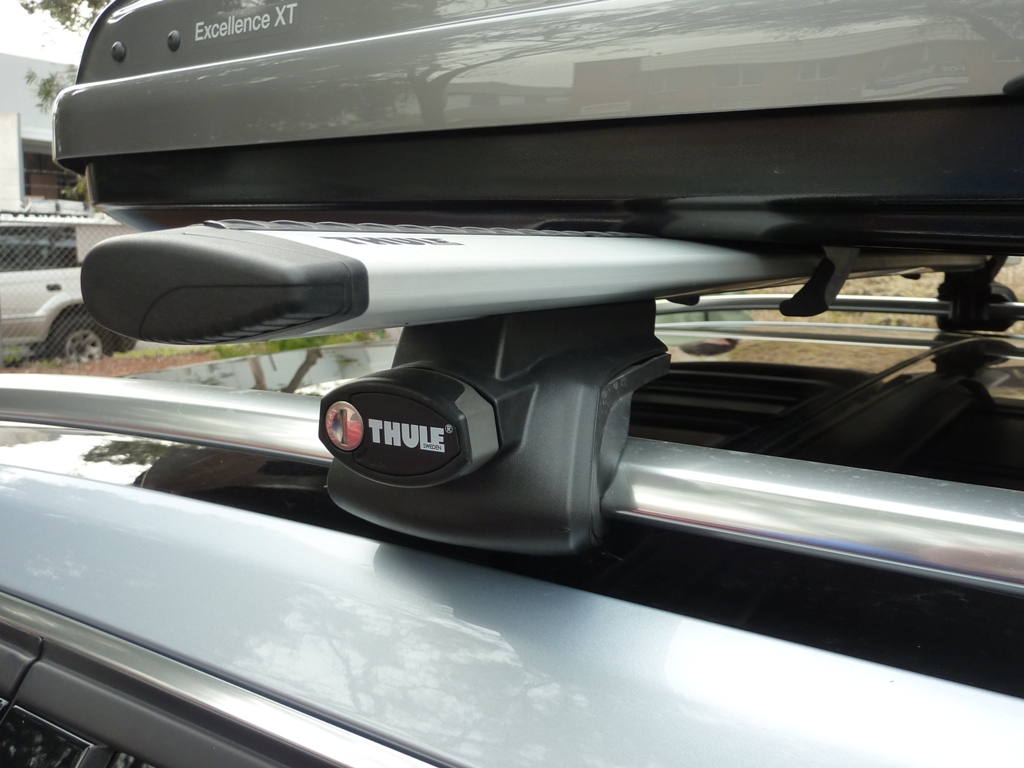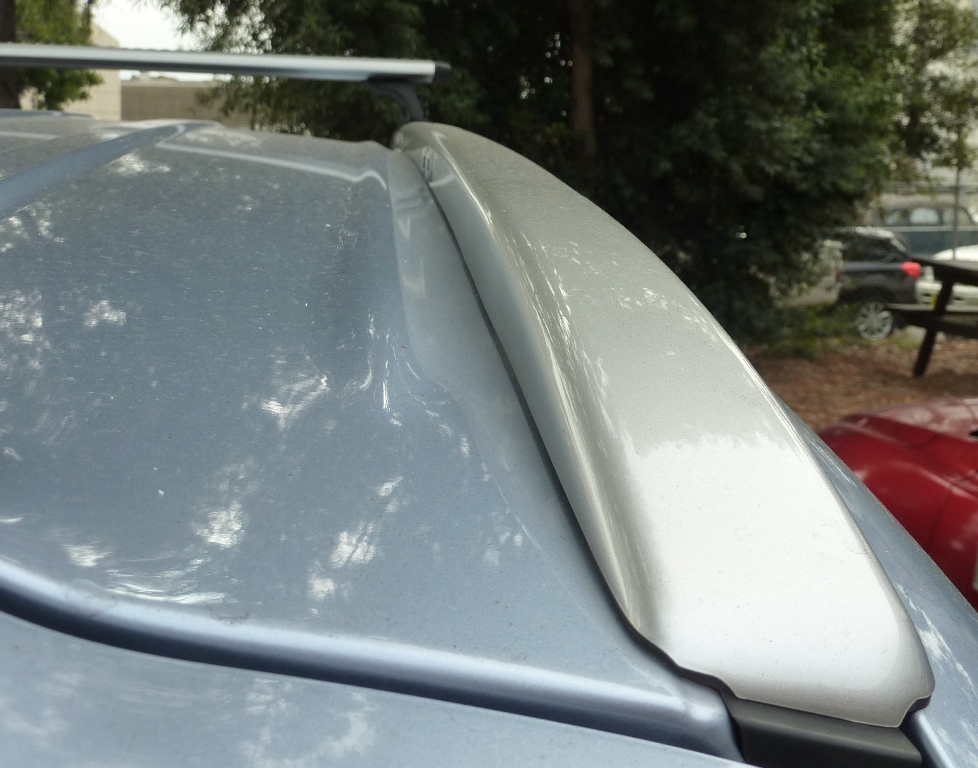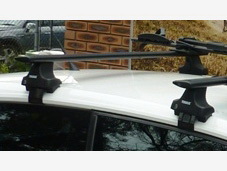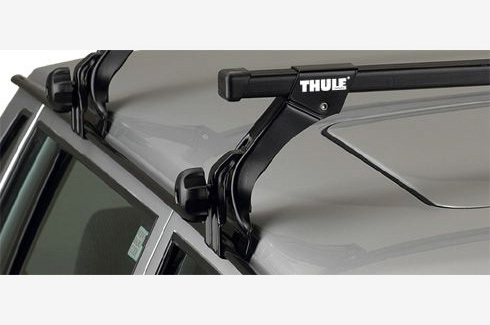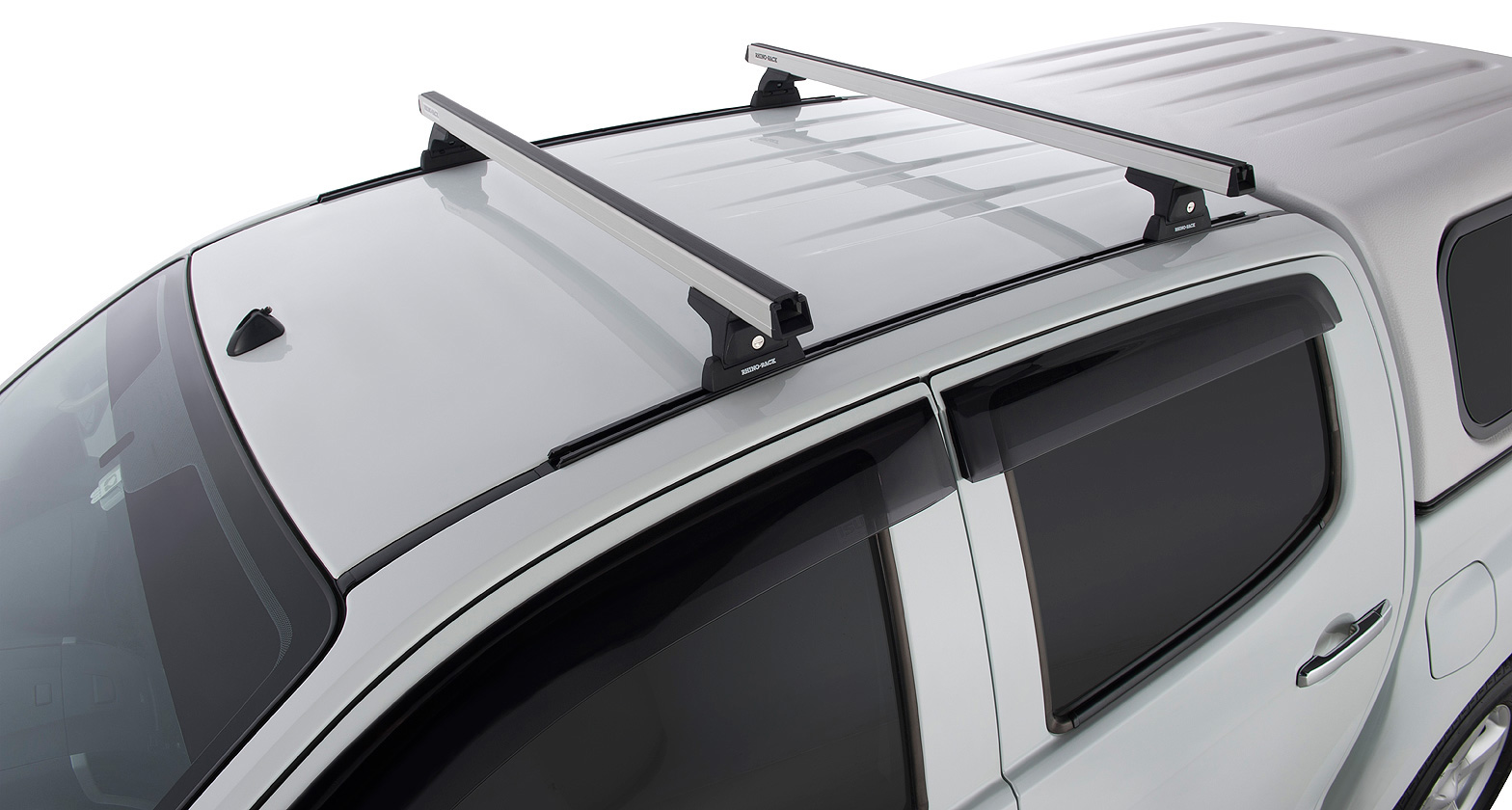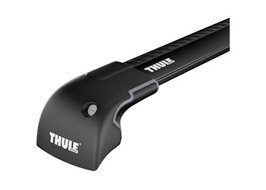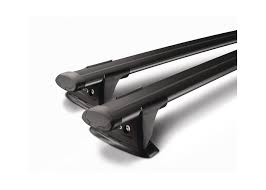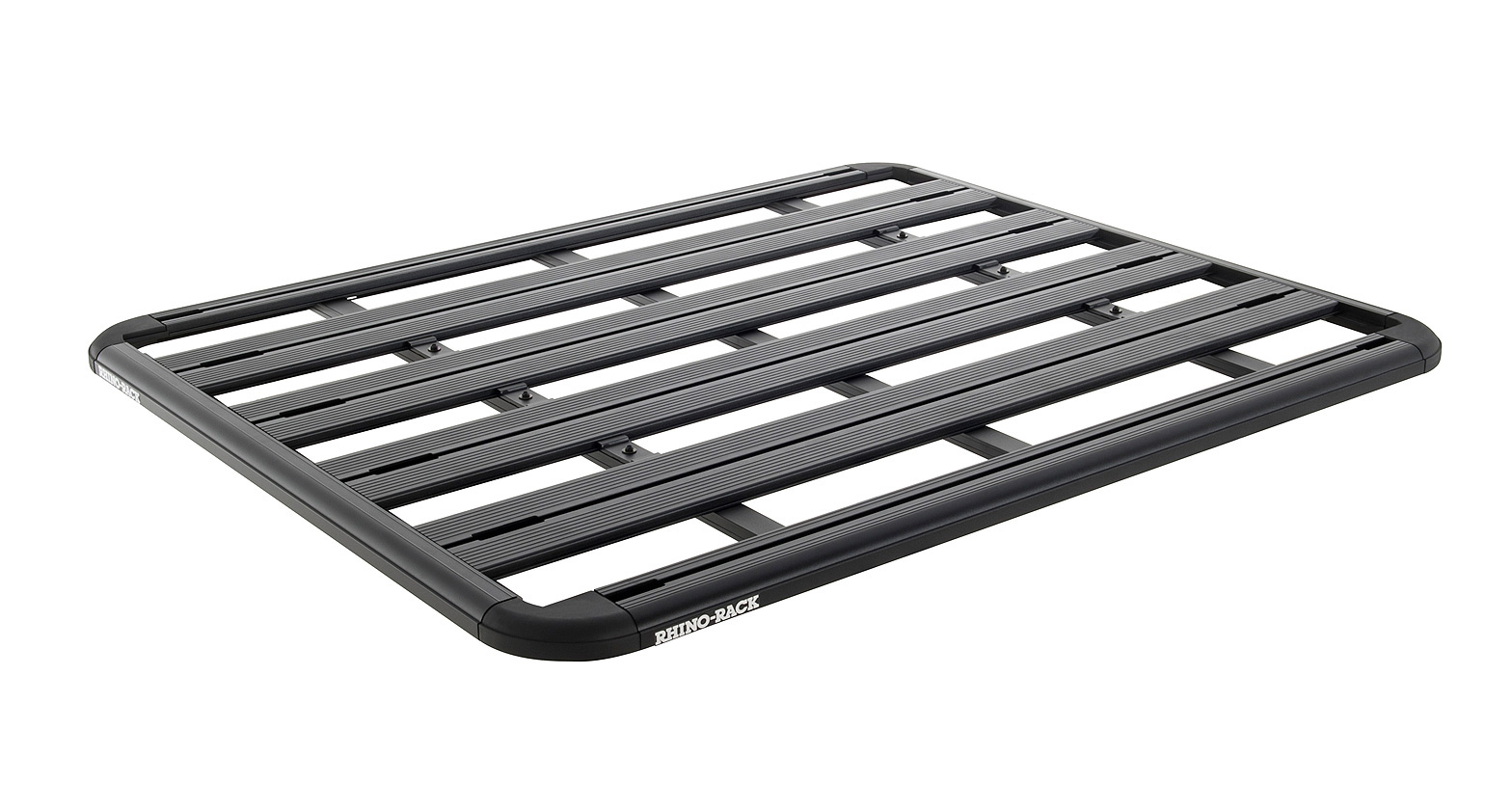| ||
To see which roof racks are available for your car, please use the Roof Rack Guide. There are a number of factors to consider when choosing which roof racks will suit your car. There are differing ways that roof racks attach to your car and generally there is no choice as to which one you’ll be using as that’s already been decided by the vehicle’s manufacturer. You do however get to choose the style of crossbars and on most vehicles you can also choose whether to go for a ‘flush’ style or a ‘through’ bar style. It will all depend on what you’re going to use your racks for, brand preference and how you want them to look. At Roof Rack Store, we’re more than happy to help advise on what will suit you and your needs best. Mounting Types Fixed Point A system whereby a stud is threaded into a factory fitting point in the roofline. Pros: Very neat and a reasonable load limit. Cons: No flexibility as to where racks sit on the roof. Raised Roof Rail Roof racks fit to a factory fitted raised rail on the roof. Pros: High load limit and flexibility as to where racks can be placed. No contact with paintwork. Cons: Some rails are quite short and are positioned towards the rear of the vehicle. Always check the vehicle manufacturer’s recommended maximum load rating. Solid Rail Roof racks fit to a factory fitted raised rail on the roof. Pros: Neat, low profile, no contact with paintwork and flexible positioning of racks. Cons: Some rails are quite short and are positioned towards the rear of the vehicle. Always check the vehicle manufacturer’s recommended maximum load rating. Door Mount (Clamp Mount) Foot sits directly on the paintwork with a clamp that sits in the top of the doorframe. Pros: A very popular style used when no other options available from the vehicle’s manufacturer. Cons: Contacts paintwork, typically lower load limits. Gutter Mount Old Skool style becoming less common as vehicle manufacturers do away with rain gutters. Pros: Easy to fit and high load limits. Cons: The need to buy locking knobs as an accessory with the Thule brand. Track Mount The foot or leg mounts to either factory fitted vehicle tracks or aftermarket tracks which bolt in or are riveted on. Pros: Allows flexibility of positioning for your crossbars depending on your varying needs, they're also very easy to install on factory tracks. Cons: It can be difficult and complicated to install aftermarket tracks depending on the vehicle.
Roof Rack Types Flush Bar Roof Racks The sleekest, sportiest looking system with no cross bar overhanging on the ends. The shorter bar means approximately 30cm less load area than equivalent through bar systems, so if you're planning on a roof box and bikes or roof box and kayaks then you're better going with one of the other systems below. Available in black or silver. Through Bar Racks These can be with an aerodynamic wing bar or square shape heavy duty bar, featuring a longer bar that overhangs the footpack on each side. This system has the benefit of maximum load area coupled with extremely low wind noise at highway speeds if you choose the aero bar shapes available. This is the system to use when carrying multiple accessories on your roof. Available in black or silver. Platform Roof Racks These types of roof racks have a platform instead of crossbars, which attaches to the roof rack feet. This option allows maximum carrying space and versatility in terms of load carrying. The disadvantage of this type of system is that they're generally expensive and they weigh more than crossbar style roof racks. Wind noise will generally be higher than aero crossbar options listed above also.
Calculating Load Capacity To figure out your load capacity you must know four pieces of information, first the load capacity of your vehicle's roof, the load capacity of the roof rack foot, the load capacity of the crossbar or platform, and the weight of the roof rack system you choose. So to ascertain your overall limit you use the lowest load limit out of the vehicle roof, roof rack foot, and crossbar or platform. Then you deduct the weight of the roof rack system itself. Be aware that some roof racks have different load ratings for on-road and off-road use, and some are not rated for off-road use at all. For more information please refer to the pdf below.
Sunroofs As with all racks, you're going to need to be very aware of your sunroof. On some vehicles there will not be the clearance needed to open the sunroof ie. when the racks are on the roof stays closed! Some vehicles even have a sensor which overrides the sunroof open button when racks are fitted. Some roofs will open with roof racks fitted but some accessories such as roof boxes may contact the sunroof because of the way the clamps wrap around the bars. To check whether there are notes regarding your car and it's sunroof, please see the following: Important Notes | ||


